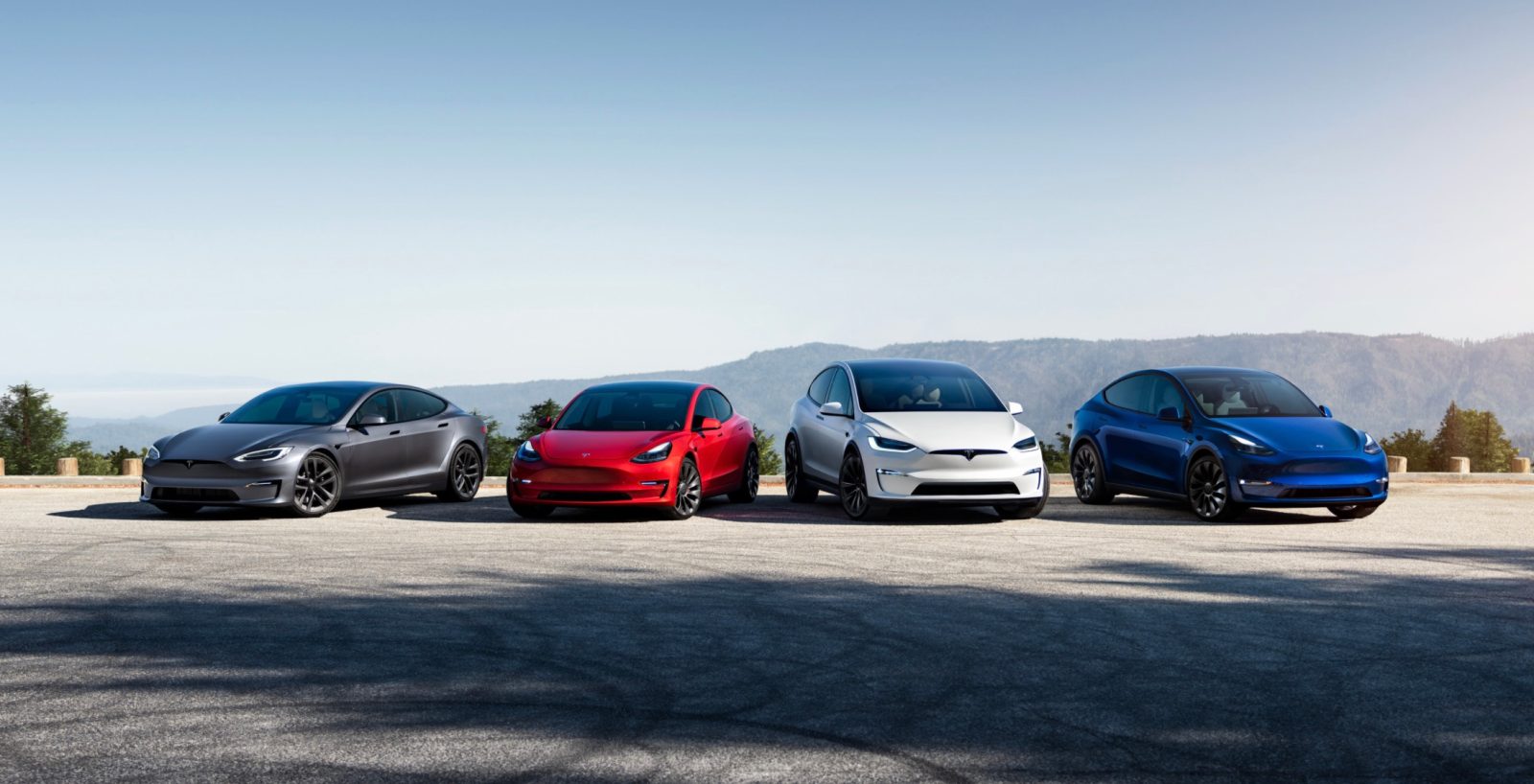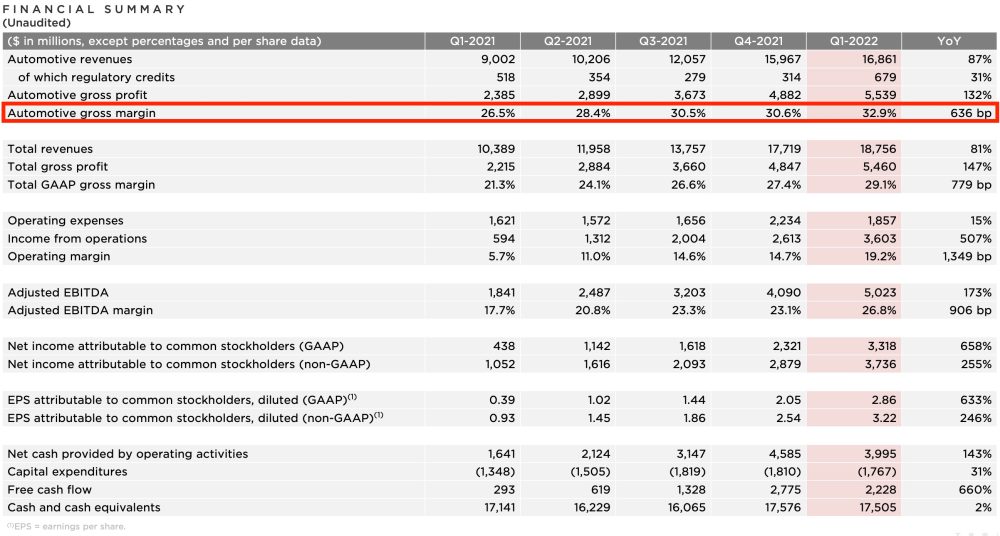
Tesla’s gross margin and profits are soaring to record highs as it is raising prices, which the automaker has blamed on rising costs. The company felt the need to explain itself.
Over the last few years, one of the biggest storylines around the auto industry, and many other industries, has been price increases.
Tesla has been no exception with almost a dozen price increases on its vehicles over the last two years. On several occasions, the automaker justified the price increases with increased costs due to inflation, raw material costs increasing, and logistical expenses rising fast.
However, there have been concerns that Tesla was increasing prices because it could – with a strong backlog of orders as interest in electric vehicles that is surging – that has been supported by Tesla’s automotive gross margin steadily increasing during the same period of time.
This has never been more apparent than this last quarter when Tesla reported a record automotive gross profit of 32.9%:

Tesla’s gross margin went up from 26.5%, which was already one of the highest gross margin in the auto industry, to almost 33% over the last year.
In a list of factors affecting profits, Tesla actually lists both increased average selling price (ASP) and decreased cost per vehicle (COGS) as contributing factors:
- (+) growth in vehicle deliveries
- (+) increased ASP
- (+) reduced cost (COGS) per vehicle despite inflationary pressures
- (+) lower stock-based compensation expense
- (+) increase in regulatory credit sales
- (-) rising raw material, commodity, logistics and expedite costs
- (-) increase in operating expenses
This quarter, the regulatory credits did have a bigger impact than usual with a gain of $679 million, but Tesla also made more money than ever without credits. With all these factors at play, Tesla had to explain the reasoning behind the price increase, which might appear greedy.
During the conference call following the release of Tesla’s Q1 2022 financial results, CEO Elon Musk felt the need to explain the situation. He said that Tesla increases prices based on expected costs rising in the future since new vehicles sold now at new, higher prices are delivered three to 12 months from now:
Actually, on the price increase front, I should mention that it may seem like maybe we’re being unreasonable about increasing the prices of our vehicles given that we had record profitability this quarter. But the waitlist for our vehicles is quite long and some of the vehicles that people order, the waitlist extends into next year. So, our prices of vehicles ordered now are really anticipating supplier and logistics cost growth that we’re aware of and believe will happen over the next six to 12 months. So that’s why we have the price increases today because a car ordered today will arrive, in some cases, a year from now.
CFO Zachary Kirkhorn added that Tesla may “slightly” decrease prices if those expected cost increases don’t materialize in the future.
Electrek’s Take
What Musk said is undeniably true, but you can make the argument that Tesla hasn’t been great at gauging and/or timing those increasing costs since it is reporting gross margins being positively affected by increasing prices and reducing cost per vehicle.
Also, Kirkhorn’s comment about potentially adjusting prices down wasn’t particularly encouraging:
If that growth in cost is not materialized, we actually may slightly reduce prices.
I am talking about the words “may” and “slightly” here. They indicate that Tesla will likely keep those higher prices even if the cost increases don’t happen, which I think gives weight to the argument that the main reason for the price increases is that Tesla has the demand for them.
In my opinion, as long as Tesla finds people to buy Tesla vehicles at those high prices, they will remain high. While this goes again Musk’s previously stated goal to reduce the cost of electric vehicles, it could still be aligned with Tesla’s broader mission to accelerate the shift to sustainable energy.
As long as Tesla uses those profits for large capital expenditure in growing production capacity, I think it makes sense.
FTC: We use income earning auto affiliate links. More.






Comments